#dicamptodon
Text

Coastal Giant Salamander (Dicamptodon tenebrosus), family Ambystomatidae, Oregon, USA
This large salamander can reach a length of up to 34 cm (13 inches) total length.
photograph by Dave Huth
#salamander#giant salamander#dicamptodon#ambystomatidae#amphibian#herpetology#animals#nature#north america
266 notes
·
View notes
Text


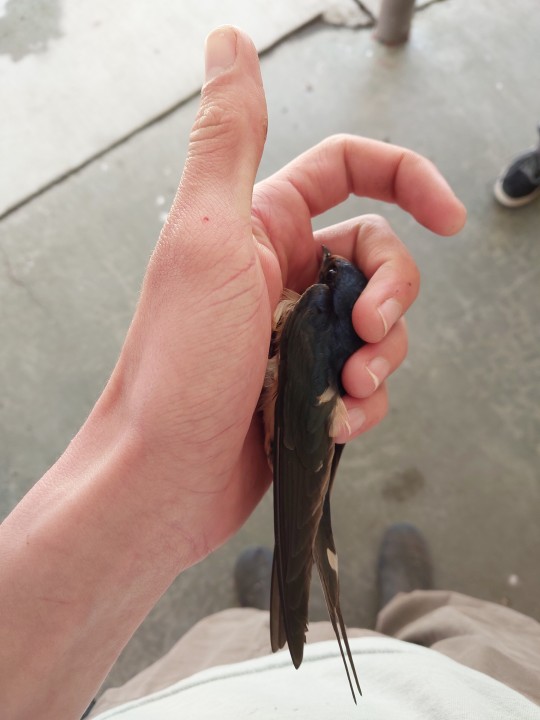
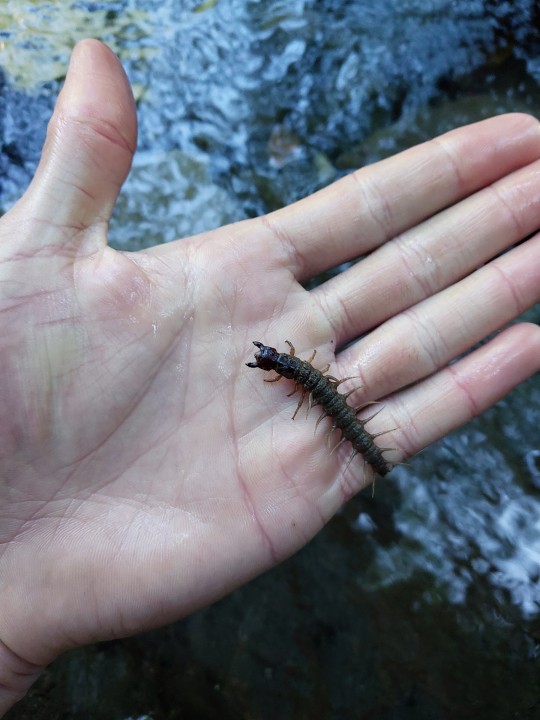
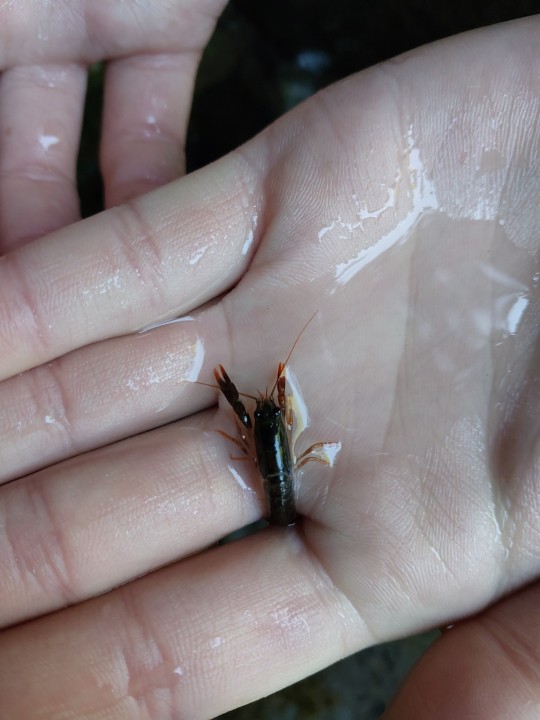
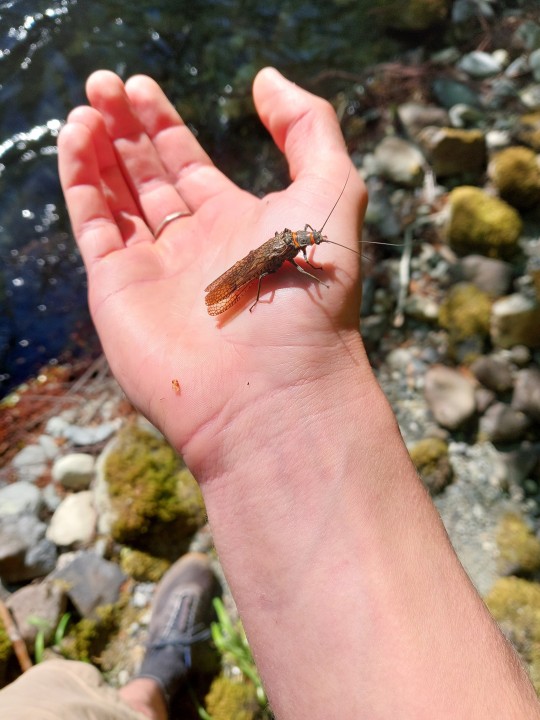


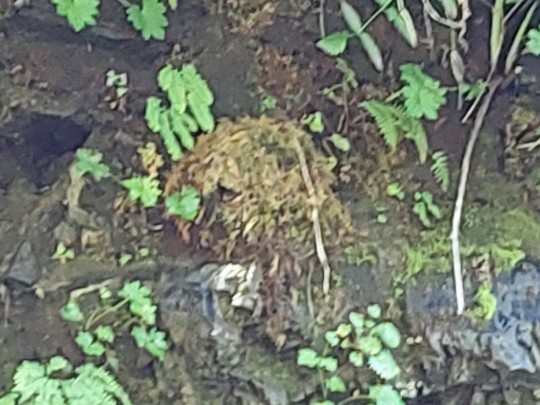
fFucking creatures post
fun fact theres no picture here of the American Dipper (bird) but the last picture is of its nest- dippers are so sick they can like jump into fast-moving streams and angle their wings downward to use the water pressure to hold them at the bottom while they walk along and look for aquatic arthropods
also any time they are standing around they kind of like... bounce??? like theyll sort of bend and unbend their knees and just do a little pop squat every couple seconds
extremely good bird
#salamander#salamander larva#dicamptodon#i think#lamprey#a fucking lamprey#barn swallow#i caught a bird with my hand#hellgrammite#is the coolest name ever#aquatic insects#dobsonfly#crawdad#i refuse to call it a crayfish just like i refuse to call sea stars starfish#yabbie is acceptible#stonefly#garter snake#of some sort#bee#that landed on my arm while i was posting this#american dipper#bird nest#its like a little cave built out of moss????
3 notes
·
View notes
Text

Look at this absolute unit of a dicamp lmao
(from calherps)
19 notes
·
View notes
Text
Critter fact #28:

The Idaho Giant Salamander (Dicamptodon aterrimusis) the largest salamander in the state of Idaho, as well as the official amphibian of the state.
1 note
·
View note
Note
do you have a favorite amphibian? :)
No, but the one that crosses my mind the most is Dicamptodon, I go for night walks with a headlamp here and they are so mythic looking when you see them at the entrance of a burrow.
5 notes
·
View notes
Text
tracking Dicamptodon sp. larvae observations to find the best hidden swimming spots in the area
1 note
·
View note
Text


hehe little chubby man
33 notes
·
View notes
Photo



This Coastal Giant salamander larva (Dicamptodon tenebrosus) may not be all that giant now, but give it a few years and it could grow to thirteen inches in length -- the largest terrestrial salamander in the world.
Van Damme State Park, Mendocino County, California, September 2017.
#salamander#caudata#amphibian#dicamptodon#dicamptodon tenebrosus#herps#herpetology#biology#salamander larva
4 notes
·
View notes
Text



Quick, take these for your quest ✨
Giant Pacific Salamanders (Dicamptodon ensatus)
47 notes
·
View notes
Photo



Pacific Giant Salamander, Dicamptodon tenebrosus, mature larva, likely in its third year, Siskiyou County, California, USA.
photograph by John Clare | Flickr CC
222 notes
·
View notes
Text


Coastal giant salamander | Dicamptodon tenebrosus
X
45 notes
·
View notes
Text

California Giant Salamander (Dicamptodon ensatus), family Ambystomatidae, Santa Cruz County, CA, USA
This large salamander can reach a length of up to 30.5 cm (12 inches) total length.
photograph by Dick Bartlett
280 notes
·
View notes
Text
A thing that I love to do is to intentionally unlearn English common names for plants and animals. Ascribing of strict formal names to living things for processing through institutionalized knowledge systems is an act of capture. And I am not interested in capturing, possessing, any creature. Why do I call the “Idaho giant salamander” the “Nez Perce giant salamander” instead? Does the salamander have a meaningful reciprocal relationship with a political entity less than 200 years old, or does the salamander have a relationship with the ancient cedars of the rainforest? Which has existed longer: the arbitrary political entity of Idaho, or the Nez Perce people? Who has known these forests? What do some English common names teach us about a creature? Names are powerful. These are things that I often contemplate together in relation to each other: folk taxonomy, animal naming conventions, the way that people like Robin Kimmerer write about “the power of names,” erasure of local environmental knowledge, and rare and endemic species with specific microhabitat preferences. I know this doesn’t sound like a new or original observation, and it’s not. And forgive me for my navel-gazing tone of voice here, but I’ll try to describe why this is important to me.
What would you call this creature?

A frog species might only live in one small stream system, cascading down the north slope of a single mountain ridge in temperate rainforest of the Andean slopes, in the traditional territory of the Mapuche people; the frog might always be found living alongside a special isopod, a rare orchid, and a community of soil microorganisms, all of which share the same dependence on these little pockets of suitable habitat in the shade of forest, at the streamside. Is the frog named after the stream, the source of its life? Is it named after the temperate rainforest ecoregion, this safe harbor of fertile vegetation which the frog requires? Does its name refer to the aquatic invertebrates that it relies on for food? If the rare orchid is always present, perhaps the frog might have a name alluding to the wildflowers? Does the name reference the Mapuche, who have known the frog for centuries? You might come to find, instead, that the frog is named for a museum curator in London who had never visited the Andes, or the frog is named after an eighteenth century plantation owner who contracted the European land surveyors to map the area.

As a little kid, I would draw my own custom “homemade” distribution maps for reptiles and amphibians. (I wanted to see snakes. Much of western Canada and the US had not really been surveyed for these creatures; at the library, the outdated mid-twentieth century field guides provided distribution maps, with huge question marks labelled over vast regions of geographic space. You had to guess where the creatures lived based on habitat associations with specific plants, which also required looking at plant distribution maps.) So I would be irritated to notice, when comparing maps, that a creature might have a distribution range that was so closely tied to a very specific landscape, with a very specific wider ecological community of plants and soil types that was also closely tied to that region, and yet the animal would be named after a wealthy Dutch scientist. A salamander might only live in one single river’s watershed, and would always live alongside a certain specific moss or fish or mollusc, and instead of being named after that ecoregion or after the Indigenous people who maintained the regional ecology, the creature would be called something like:
“Smith’s salamander.” Now, not only has the creature been captured by formal name, but it’s also been possessed by an individual, literally given the name of a single powerful European administrator.
Does this name respect the creature? What does this name tell us about the entity? What does this name gift to you? I understand that no name in human tongue will convey the entire essence and weight of a creature.
But to me, this European style of naming still seemed inadequate, these names didn’t seem like they reflected anything about the creature itself. The name didn’t reflect where it lived, how it behaved, what its habits were, the fact that the frog seemed to love shaded north-facing slopes, the local culture that interacted with it for centuries, the trees and wildflowers and millipedes and ferns that happened to live in every place where you would also find the frog. A frog might be named after an imperial British adventurer who recorded the creature for audiences at European museums. They called “dibs” on the frog, despite the fact that local Indigenous communities may have had an ongoing relationship with the creature for centuries. So I would try to learn a folk name for the creature, or instead I would apply a new name for an animal based on the geographic area, ecoregion, plant community, or ecocultural region that the creature was most closely associated with.

The amphibians that I interact with, maybe more than any other, are the Pacific giant salamanders. They are the largest terrestrial salamanders in the world; there are only 4 species, in the same genus, and all of them are endemic only to the streams in temperate rainforest of the Pacific Northwest. They’re capable of “yelping,” like a bark or shout. Uncannily similar to a dog or child. Their aquatic larvae swim around in small, shallow, cold, fast-flowing mountain streams in the shade of pine forests with many hanging arboreal lichens, sometimes congregating in the relatively still pools beneath small waterfalls. At night, in heavy rain, the large adults may crawl across the moss-covered cedar logs of the streamside. Only one of the species lives away from the Pacific coast. Dicamptodon aterrimus, known in English as “Idaho giant salamander,” lives in the inland temperate rainforest region, away from the ocean. “Idaho” is a political entity with arbitrary borders. The salamander being named after “Idaho” does not reflect the fact that the salamander is closely associated with cedar, hemlock, mosses, lichens, ferns, fungus, and tailed frogs in mountains of the inland temperate rainforest region. The salamander is found almost entirely within the traditional land of the Nez Perce people. The extent of Nez Perce territory, and the extent of the giant salamander’s presence, mirror each other very closely.
And so I pointedly call this rainforest creature the “Nez Perce giant salamander.”


I think that maybe no name can do justice to the entire rich existence of a creature, but we can really do better than some English common names, especially in those cases when an animal is named after a lone individual human. And so, in naming, there might be a difficult decision to make. Do you name a creature for its behavior, its location, its appearance, its season of activity, its prefered habitat, its companion species? Maybe you have your own, personal, relationship with the creature. A living thing has so many interweaved relationships with others. Maybe its “meaning” changes with context or season or emotional state of the human observer. Maybe I will sometimes call the creature “the cedar salamander” or the “guardian of the waterfall pools” or “the giant of the stream” or “moss dragon” or whatever.
More navel-gazing: We are all of us, salamander and human, more rich and complex than associations with mere behavior, appearance, habitat preference, or the surveyors that try to capture and catalogue us. And sometimes, I’m uncomfortable enclosing us with a strict name. I don’t assume that I know enough about a living thing to possess it through formal naming conventions.
889 notes
·
View notes
Text

The dramatic pose....
The longing expression....
Someone get an oil painter to this creek Stat
2 notes
·
View notes
Photo


Pacific giant salamander [Dicamptodon tenebrosus] photographed in California by Timothy Burkhardt.
341 notes
·
View notes


